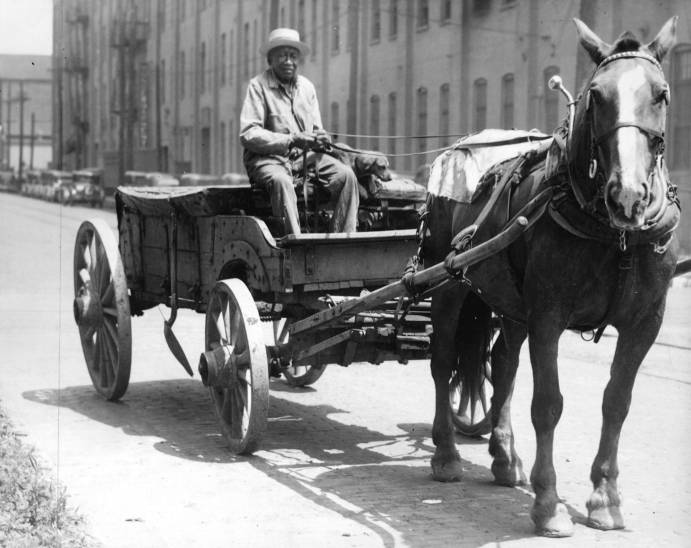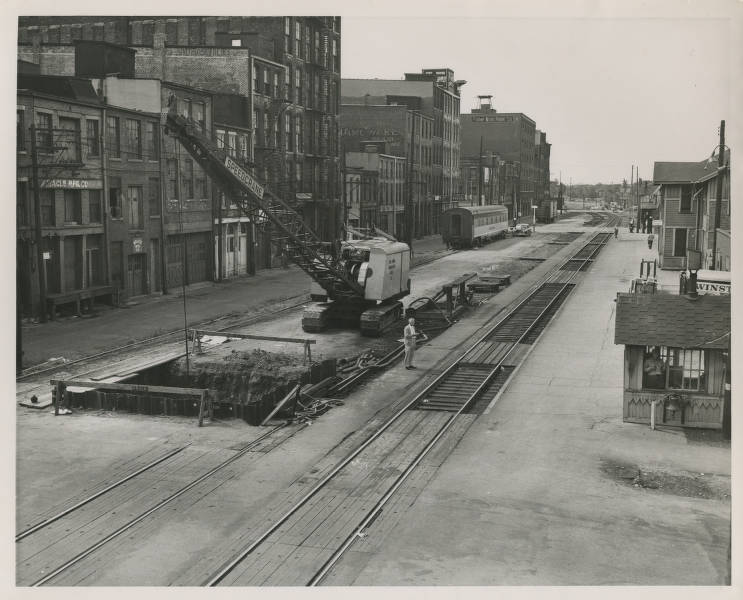The local history of Black citizens in Fort Wayne mirrors the national history of Black Americans. Many persevered through slavery until it was outlawed statewide in 1816. In the decades that followed, they faced legalized segregation, restrictions on immigration and settlement, and fights for access to public education. The earliest record of African Americans in the area which is now Indiana was in 1746, when five black slaves were documented to belong to French settlers, according to The Indiana Historian. Other sources point to people of African descent with occupations in the military encampments of Fort Wayne starting at the time that Gen. Anthony Wayne was victorious at the Battle of Fallen Timbers and built the city’s namesake fort. Records indicate that, in 1835, African...




